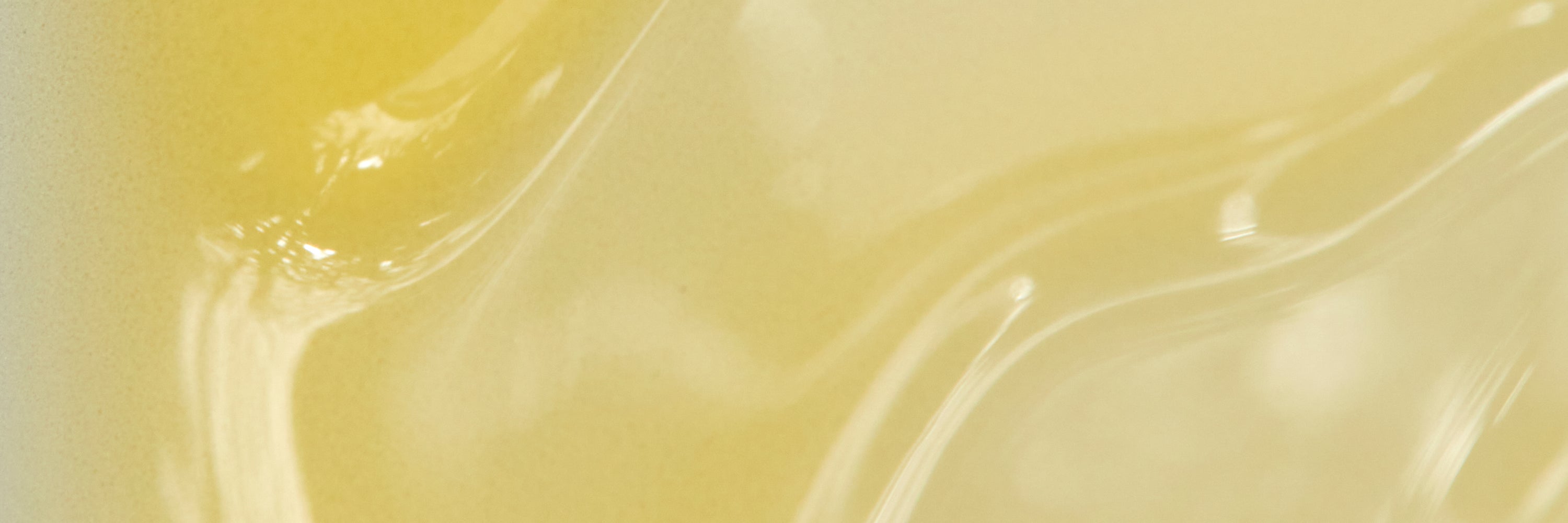The issue of oxidation
Free radicals and antioxidants have become a critical focus in skincare today, an essential mainstay for any protective skincare formula that aims to minimise the effects of ageing. Although oxidation reactions are crucial for life, they can also be damaging. What is oxidation and why is it thought to be harmful to our skin - and how can antioxidants neutralise this damage?
Oxidation is an essential, natural process occurring continually in nature: every living cell needs oxygen in order to produce energy and build proteins, and yet paradoxically, the very same oxygen causes destruction and as a result, the fatigue, ageing and death of cells. Clinical research in dermatology and beyond has long focused on the body and the skin’s defence against oxidation and its product, free radicals, to slow down the ageing processes or at least to slow down their acceleration. One of the key principles of this research is the use of antioxidants as a defence to neutralise free radicals produced in oxidation, such as vitamins A, C and E and other substances such as coenzyme Q10 and alpha lipoic acid.
How does oxidation occur? It is the consequential loss of at least one electron from the molecule of, for instance, vitamin C after two or more substances interact. When the first molecule is used, the molecule that is left becomes more stable than other free radicals and can serve as a free radical scavenger. And after the second electron is lost, the product that forms – the oxidation product dehydroascorbic acid – can be regenerated or may decay.
The actual process of oxidation depends on the amount of oxygen available in the air and with what it comes into contact. Fundamental oxidation happens on a molecular level – the visible effects of oxidation are those which are the most obvious, as the oxygen causes free radicals to break away.
Antioxidants work by scavenging these loose electrons, the free radicals, before they can do damage in the system. Vitamin C (as L-ascorbic acid) has been shown to have particular benefits, including increasing UV protection and enhancing the body’s own production of collagen. However, if they are not stabilised in their formula, antioxidants including vitamin C will become quickly oxidised when exposed to light or air for even a short period of time.
Therefore the very nature of antioxidants means that particular care needs to be taken to ensure that those antioxidant properties are maintained. Just as oxidation of skin happens easily, so too does oxidation of active ingredients – even, and especially, those designed to protect skin from oxidation in the first place. Ingredients such as vitamin C depend on a stable compound and protection from light to preserve their antioxidant function, without which they lose their properties.
This is where the airtight, vacuum-based delivery system used by Skinesis is important: without air the product does not come into contact with oxygen, and without oxygen oxidation cannot, of course, take place.
The formula or vehicle in which the antioxidant is carried is also important. For instance, vitamin C is best absorbed by the skin at an acidic pH: the more active the vitamin C is in the solution, the more acidic the pH will be. By extension, the more the vitamin C degenerates, the more basic (alkaline) the pH will become and the less effect it will have on the skin, if any.
Further reading and research
•American Academy of Dermatology, 2002, 26.02 Vitamins to Protect Against and Reverse Aging: the Truth vs. the Tall Tales Various Eds.
•Journal of the American Academy of Dermatology, January 2003, Vol. 48, 1, 1-22 Cutaneous photodamage, oxidative stress and topical antioxidant protection Sheldon R. Pinnell
•Dermatol Ther. 2007 Sept-Oct; 20(5): 314-21 Interaction of vitamins C and E as better cosmeceuticals KE Burke
•Curr Aging Science, 2017; 10(1):56-57 Fullerenes as anti-aging antioxidants YP Gallan, I Alperovich, P Zolotukhin, E Prazdnova, M Mazanko, A Belanova, V Chistyakov
•J Am Acad Derm 2003 Jun;48(6):866-74. UV photo-protection by combination topical antioxidants vitamin C and vitamin E Jing-Yi Lin, M. Angelica Selim, Christopher R. Shea, et al
•Clin. Dermatol. 2009 Sep-Oct;27(5):469-74. Cosmeceutical vitamins M Manela-Azulay, E Bagatin


